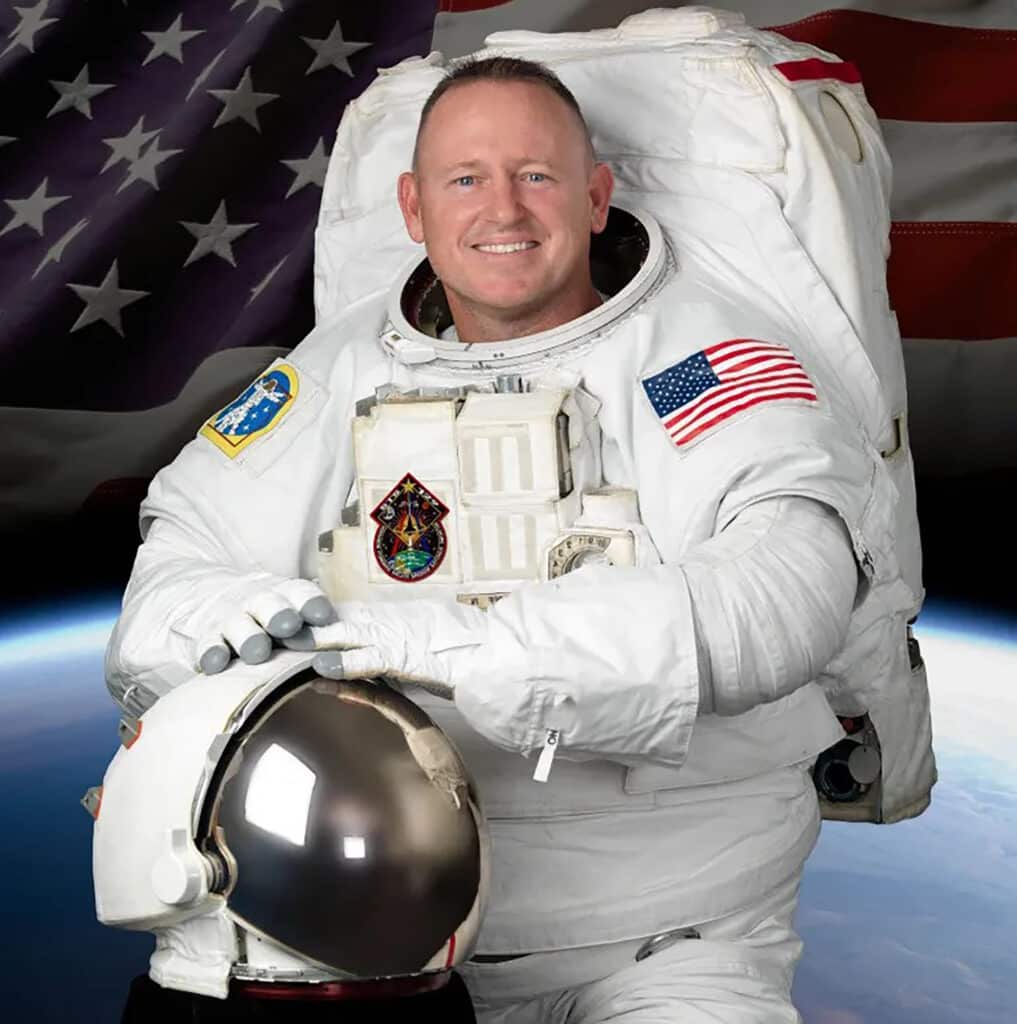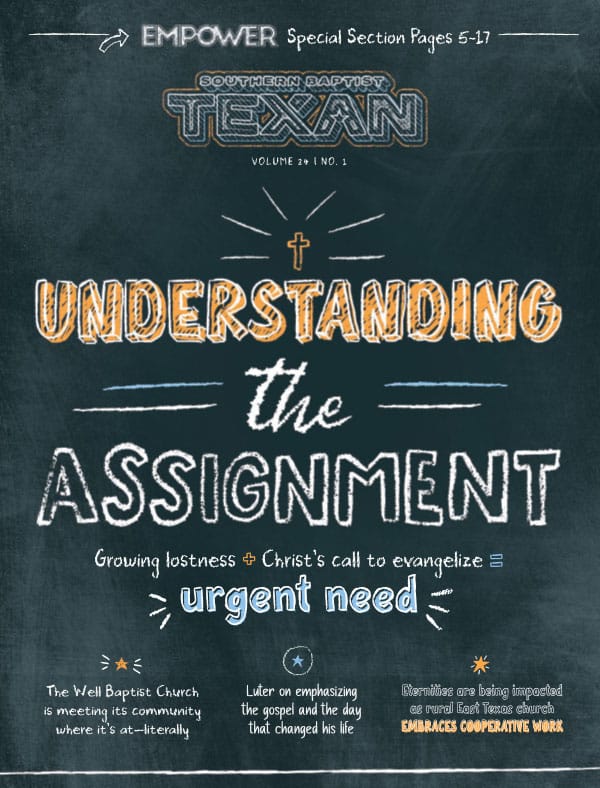Jason was a star high school quarterback until he was arrested for an immature prank, and now he rarely sees eye to eye with his father. His schoolmate, Billy, is autistic and mostly keeps to himself, although the school bully won’t let it stay that way. Then there’s Trini, a loner who goes to the same school, has few friends and even fewer who know her name.
They seemingly have little in common, until one night an explosion on a mountain outside of town exposes hundreds of colorful crystals—shining like fireflies—that appear to be from another world.
Our trio of students, along with two others from the same school, rush to the location and soon discover that the crystals give them superhuman powers. They now can jump over houses. They can jump over canyons. Billy even can whip the bully.
Eventually, though, they learn that their powers have a greater purpose—to defeat a witch named Rita Repulsa, who has come to Earth to find a special stone called the Zeo Crystal. If she captures it and the other crystals, we are told, the world will explode.
Power Rangers (PG-13) opens in theater this weekend, nearly 25 years after a cartoon by the same name appeared on American televisions and roughly two decades after a pair of Power Rangers films were released. This one, though, is a reboot, meaning it does not follow the storyline of those earlier films.
The latest Power Rangers film also gives us Hollywood’s first gay or lesbian superhero—if you believe the hype (more on that in a bit).
The movie targets teens and older children, although plenty of adults who grew up on the franchise will want to check it out.
So, is Power Rangers family-friendly? Let’s take a look …
The Good
Warning: minor spoilers
Much like the original TV series—remember “morphin’ time”?—the Power Rangers film promotes teamwork and selflessness. In fact, the five superheroes find it impossible to fight Rita until they put aside their differences, learn to trust one another, and become honest. The Power Rangers’ rules affirm this me-last attitude. Among the rules: never use your power for personal gain, and never reveal your identity.
The movie contains a wonderful anti-bullying message, as Jason,the most popular kid in the school, defends Billy and then befriends him. Parents of children with autism likely will appreciate how the latter is portrayed.
It also includes an apparent message about sexting, as Kimberly, one of the rangers, expresses deep regret after sending a friend’s picture (we don’t see it) to someone else. (The word “sexting” isn’t used, but the picture, by her description, is inappropriate.)
Broken relationships, including those between parents and children, are restored.
The Bad
Power Rangers has a confusing plot, even if you know the general story. It starts off with a strange science fiction scene with alien subtitles, improves a bit after that, and then goes downhill again. It just might be the worst big-money superhero film I’ve seen, and I’ve watched a lot—and liked most of them. (Its budget was a reported $100 million). The film’s antagonist (Rita) goes from scary to gross to just plain goofy, and the movie—for the most part—has the feel of an expensive made-for-TV Nickelodeon production. The story just isn’t that good. (And five more films may be in the works.)
The movie is being billed as containing the first LGBT superhero, but the scene in question is so subtle that it’s easy to miss. As the five gather around a campfire late at night, Trina is describing her frustrations in life when one of the boys asks, “boyfriend problems?” Not satisfied with her response, he then asks, “girlfriend problems?” She doesn’t answer him, though, and instead starts talking about her parents. The scene could have been interpreted as her not having any relationship problems or her simply being annoyed by the questions. Or maybe we are supposed to think she is a lesbian. It’s not clear, even if director Dean Israelite says she is “questioning a lot about who she is.”
Earlier, the five high school students get away with a crime. Their discovery of the crystals comes only after they have passed a “no trespassing” and right before they flee security by hopping in a van and speeding down a road. Billy also helps Jason disable his ankle tracking device, which apparently was court-ordered.
I counted about 19 coarse words: OMG (9), a– (4), s–t (2), b–ch (1), h-ll (1), d–n (1), misuse of God (1). There also is an unfinished “holy sh–.”
There is no sexuality, although we do see Kimberly briefly in a bra.
The violence is typical for a superhero move—plentiful but mostly bloodless.
The Worldview
Our culture’s infatuation with superhero movies begs the question: Why do we enjoy stories about Spider-Man, Superman and even the Power Rangers so much? I think it’s because—to paraphrase a quote from Blaise Pascal—we all have a God-shaped vacuum. It’s innate. As part of that, we are looking and longing for that someone who has the power to defeat evil and make everything right. But there is only One who can do that. And He’s not on the big screen.
The Verdict: OK for Kids and Teens?
The witch in Power Rangers is too scary and there is too much violence for my small children, even if we forget the other problems. As for teens, this one is cleaner than many other recent PG-13 movies, but it’s far from perfect.
Discussion Questions
Who was to blame for the poor relationship between Jason and his father? Have you ever known a loner like Trini? (And if so, how can you make him or her feel wanted?) Have you ever known of someone who was bullied? (If so, how can you help?) Is sexting a problem among your peers? What is the spiritual and practical impact of sexting? Do you enjoy superhero films? (Why? Is there a spiritual dimension to society’s superhero craze?) Did the five superheroes deserve to get caught when they were trespassing? (And did the “end justify the means”?)
Power Rangers is rated PG-13 for sequences of sci-fi violence, action and destruction, language, and for some crude humor.
Entertainment rating: 2 out of 5 stars. Family-friendly rating: 2.5 out of 5 stars.














